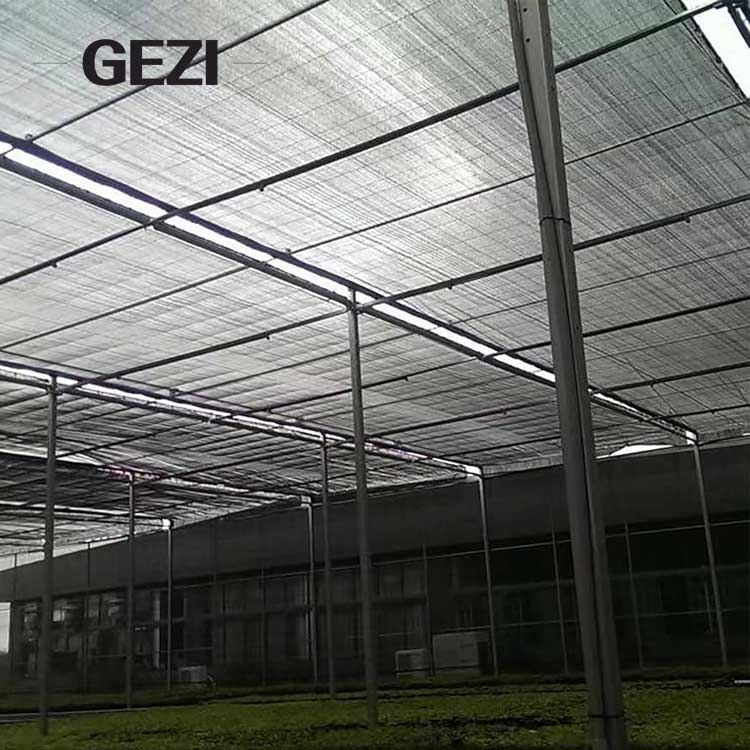Farmers increasingly turn to innovative techniques to enhance crop productivity and safeguard yields in today’s agriculture. Sunshade net farming and Poly House Farming have emerged as frontrunners, each offering unique advantages. In this GEZI, we’ll delve into the world of Shade Net farming and Poly House farming, exploring their benefits, drawbacks, and ultimately answering the question, is shade net farming more profitable than poly house farming? considering factors such as cost-effectiveness, adaptability, and environmental control. Farmers can make informed decisions that align with their specific needs and aspirations by understanding the nuances of Sunshade Net and Agriculture Poly House farming.
Shade Net Farming
Shade Net farming, also known as Garden Shade Net or Green Net for Garden or Sunshade net farming, involves the use of specialized nets that provide controlled shading to crops. These nets come in various densities, allowing farmers to regulate the amount of sunlight reaching the plants. The primary purpose of Sunshade netting is to protect crops from excessive sunlight, harsh weather conditions, and pests while promoting optimal growth.
One notable advantage of Sunshade net farming is its cost-effectiveness. The installation and maintenance of Shade Net are generally more affordable compared to other protective structures like Poly House Farming. The Green Net for Garden, a common type of shade net, not only safeguards plants but also contributes to an aesthetically pleasing environment.
On the other side of the spectrum is Poly House Farming, also known as Agriculture Poly House. Poly House Farming are essentially controlled-environment structures made of polyethylene material. These structures offer a more comprehensive level of control over environmental factors, including temperature, humidity, and light exposure. Poly House Farming is known for its versatility, enabling year-round cultivation of a wide variety of crops.
The initial investment in Agriculture Poly House Farming is significantly higher than shade net farming. However, proponents argue that the long-term benefits, such as increased yield, quality, and reduced dependency on external factors, make it a worthwhile investment.
Waterproof Shade Net
A recent innovation in shade net farming is the introduction of Waterproof Shade Nets. Waterproof Shade Nets specialized nets not only shield crops from sunlight but also provide protection against heavy rainfall. Waterproof Shade Nets feature is particularly beneficial in regions prone to unpredictable weather patterns, allowing for year-round cultivation without the risk of water damage.
Comparing Profitability
Now, let’s consider the profitability of Garden Shade Net farming against Poly House Farming. Several factors contribute to the overall profitability of each method.
Garden Shade Net is generally more cost-effective in terms of installation and maintenance.
Poly house farming requires a substantial upfront investment but offers long-term benefits.
Agriculture Poly House Farming provides a more controlled environment, allowing for cultivating a broader range of crops throughout the year.
Sunshade net farming suits specific crops that thrive in partially shaded conditions.
Sunshade net farming is ideal for regions with moderate climates where protection from intense sunlight is the primary concern.
Agriculture Poly Houses are well-suited for areas with extreme weather conditions, providing a shield against harsh sunlight, heavy rainfall, and frost.
Green Net for Garden farming tends to have lower operational costs, making it appealing for small-scale and budget-conscious farmers.
Poly House Farming may have higher operational costs, but the yield and crop quality returns can offset these expenses.
📧 Email: [email protected]
📞 Phone: +86 311 86851289
🌐 Website: www.geziproofing.com




